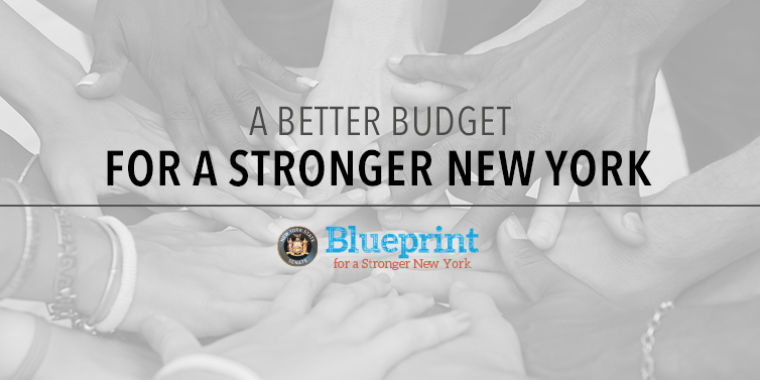
Two-Wheel Safety
James L. Seward
March 25, 2010
The snow has melted (for the most part) and Spring has finally arrived. One of the best ways to celebrate the change in season is by pulling the bicycle out of the garage and taking a ride. Whether on your own, or with family or friends, a bike ride is a great way to get out and explore the neighborhood, and at the same time, improve your fitness.
One of the first things to take into account before hitting the road is your equipment. If your bike has been stored away for the last few months it is essential that you perform some routine maintenance. Here is a short check list to help get you started:
Inspect your frame for cracks;
Remove and lube your seatpost;
Check that your wheels are clean and true;
Adjust or replace your brakes;
Clean or replace your chain;
Check your tires for cuts and wear.
Along with making sure your bicycle is road-ready, this is also a good time to review the rules of the road. When riding a bicycle, the basic traffic laws that apply to the automobile driver also apply to you. You must stop at red lights, stop signs or before entering a roadway, and you should ride as close to the right hand edge or curb of the road as possible with the flow of traffic. Bicyclists who fail to obey the traffic rules face fines of up to $100 and a maximum of 15 days in jail.
Children under the age of 14 are also required to wear safety helmets when biking. According to the National SAFE KIDS Campaign, the National Highway Transportation Administration and the American Academy of Pediatrics, nearly 50 percent of children 14 and under hospitalized for bicycle-related injuries are diagnosed with a brain injury. Head protection from the impact of hitting the pavement or the hood of a car is a your best defense against head injury.
Under New York state’s bicycle helmet measure, law enforcement officials are to issue an appearance ticket to parents or guardians who are present when their children are found riding a bicycle without a safety helmet. Any parent or guardian found in violation of the law faces a maximum fine of $50. However, they can be excused from the violation and paying the fine if proof is provided to the court that they have purchased a helmet for their child between the date of the violation and the date of the court appearance or that they were unable to purchase a helmet due to economic hardship.
New York state’s helmet law also makes bicycle operators responsible for their passengers’ safety by not allowing a child under one to ride as a passenger on a bicycle. Any child between the age of one and 14 must wear a helmet as a passenger at all times. Young passengers ages one through four are also required to ride in secure safety seats.
A few other safety tips to keep in mind include:
Look behind you and use proper hand signals before making turns;
Always give pedestrians the right of way;
Don’t carry anything that interferes with vision or control;
When riding after dark , turn on your headlight and wear something white or reflective;
Be alert – do not assume that you have the right of way and make eye contact with motorists.
It is also vital that you pay attention to the road and your surroundings. After all, part of the charm of bicycling is enjoying the great outdoors. To that end, it is illegal to wear more than one earphone plugged into a radio, Ipod, or other music player while riding a bicycle. For safe riding, you must have complete concentration on the sights and sounds around you.
Whether exploring the trails of New York’s many parks or simply pedaling around your neighborhood, a nod to safety is essential. Happy biking!
Share this Article or Press Release
Newsroom
Go to NewsroomStatement on 2018-19 State Budget
March 30, 2018

Seward Calls for Study of Link Between Lyme & Mental Health
March 29, 2018

Seward Holds Key Role in State Budget Negotiations
March 15, 2018

